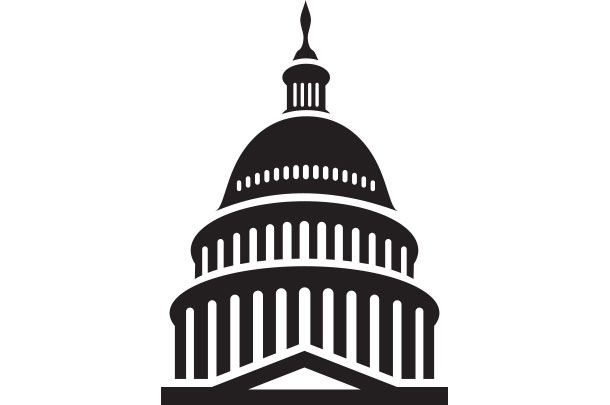TRENDING: SAFETY NETS The heavy lifting on dairy safety net reforms – which many were targeting for the 2018 Farm Bill – got some advance help when program changes were inserted in a federal budget bill signed into law in early February.
Adjustments to the Margin Protection for Dairy (MPP-Dairy) and Livestock Gross Margin for Dairy (LGM-Dairy) programs provided much-needed improvements at a time when many dairy farmers are struggling financially after a third year of stagnant prices.
The biggest changes to MPP-Dairy focused on dairy farmer affordability. Premiums on Tier 1 protection levels were reduced about 70 percent from previous levels, giving producers the opportunity to buy coverage at higher margin levels at lower costs.
The milk production level under Tier 1 was also raised – to 5 million pounds of annual milk production – so producers were able to cover margins on more milk in 2018.
Other changes to MPP-Dairy modified the timing of the margin calculation from every two months to every month. Left unchanged, however, was the oft-criticized feed cost adjuster used in MPP-Dairy calculations.

Driven by improvements made by Congress, more than 21,000 dairy farm operations had enrolled in MPP-Dairy for the 2018 coverage year. And 95 percent of the enrolled dairy operations elected buy-up coverage, many at the highest coverage level of $8 per hundredweight (cwt).
In 2016 and 2017, less than 25 percent of participating dairy operations elected buy-up coverage above the catastrophic $4-per-cwt coverage level.
Accompanying MPP-Dairy changes, the budget bill also lifted the cap of $20 million for federal funding of the USDA’s LGM-Dairy programs. That cap had effectively limited sales of LGM-Dairy policies in some fiscal years.
In August, a new safety net program was unveiled: the Dairy Revenue Protection (Dairy-RP) program. Developed by the American Farm Bureau Federation (AFBF), American Farm Bureau Insurance Services and other collaborators, the policy provides insurance for milk revenues on a quarterly basis (January to March, April to June, July to September and October to December).
Policies went on sale on Oct. 9, allowing participating farmers to select coverage based on class- or component-based milk-pricing options. Premium costs are subsidized based on the different coverage options.
Based on information from the USDA’s Risk Management Agency as of Nov. 26, 824 dairy producers had filed Dairy-RP applications. Of the applications, 300 quarterly endorsements had been purchased, covering 4.5 billion pounds of milk.
Largest milk volumes protected under the program were in Wisconsin and Minnesota, followed by Idaho and California. Total premium costs on purchased endorsements were about $15.4 million, with USDA subsidies covering about $6.6 million of that.
There’s work left to do. Both the Senate and House versions of the 2018 Farm Bill make further modifications to MPP-Dairy. (The final farm bill had not been approved at Progressive Dairyman’s deadline.)
For the most part, dairy provisions of each bill are similar, but there are differences related to the premium structure and the flexibility to make changes in annual coverage selections under a revised and renamed program. ![]()
IMAGE: Getty Images.

-
Dave Natzke
- Editor
- Progressive Dairyman
- Email Dave Natzke




